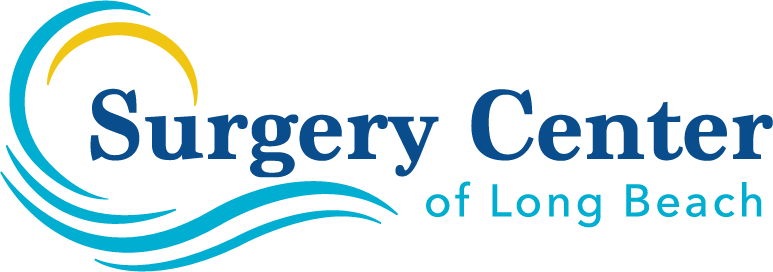Endoscopic Carpal Tunnel Release
The carpal tunnel is composed of two “walls,” the deep wall is the bones of the wrist, and the superficial wall is a thick ligament located just under the skin on the palm side of the wrist. The median nerve and the tendons that flex the fingers to form a fist pass through this tunnel. Endoscopic carpal tunnel release surgery is used to treat carpal tunnel syndrome, which is a pain and weakness in the hand caused by pressure on the median nerve.
What to expect
With the patient under local anesthesia, the surgeon will make one or two small incisions over the palm of the hand. Using an endoscope, or small camera, for guidance, the surgeon will cut the carpal ligament to release pressure on the nerve passing through. Some surgeons will remove tissue surrounding the nerve, especially if the tissue is swollen or irritated.
Upon dividing the carpal ligament, the surgeon stitches just the skin together and leaves the loose ends of the carpal ligament separated. The loose ends are left apart to keep pressure off the median nerve. Eventually, the gap between the two ends of the ligament fills in with scar tissue. Some surgeons will reattach the carpal ligament after lengthening it. After the 30 to 40 minute surgery, the patient’s wrist may be in a splint or heavy bandage for about a week.
How to prepare
Patients will be expected to not eat and limit drink to clear liquids for at least six hours before the procedure. Pre-procedure use of medication should be discussed with your primary care physician prior to your scheduled procedure date.
